Relax, No One Visits All
1,600 Temples in Kyoto

SUE BRATTLE
Historic City Braces Itself for Olympics Fever
Kyoto
I’M uncomfortable recommending Kyoto to travellers because it is overwhelmed by tourists these days. Japan has even been expanding tourism in other areas to ease the pressure on the city.
However, the country will be in the spotlight this year with the Olympic Games being held in Tokyo from July 29 to Aug. 9. Kyoto, 2 hours, 30 minutes away by bullet train, is hosting pre-Games training and bracing itself for an onslaught.
One thing that surprised me is that the city is demolishing some of its temples to make way for hotels and other facilities for the Olympics – which has led to archaeologists unearthing what one calls “a treasure mountain” of ancient artefacts.
So why do 53 million tourists trek to Kyoto, a city of 1.5 million, each year? Well, it’s beautiful, historic, and central to Japan’s history. It’s the birthplace of the geisha and kabuki theatre and was the capital of Japan for 1,000 years until the emperor moved to Tokyo in 1868.
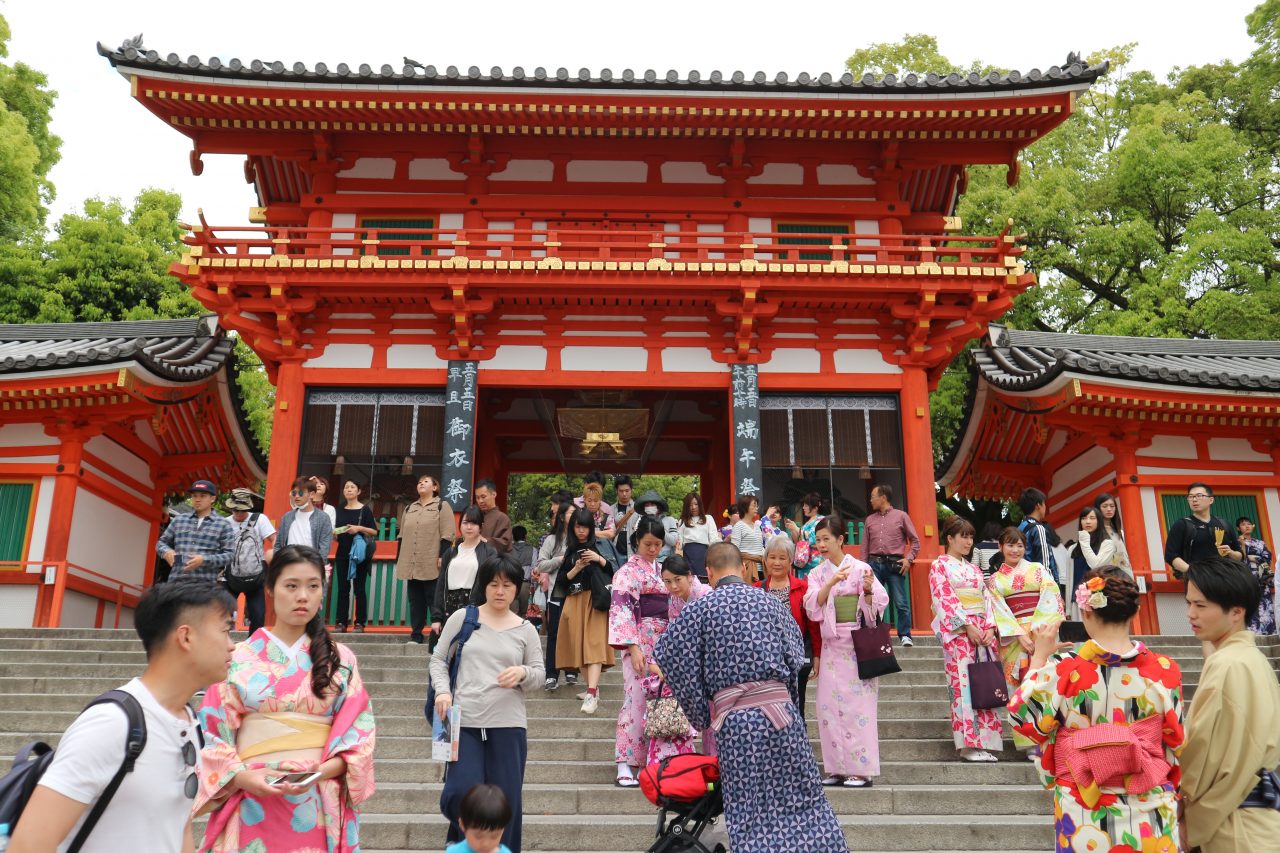
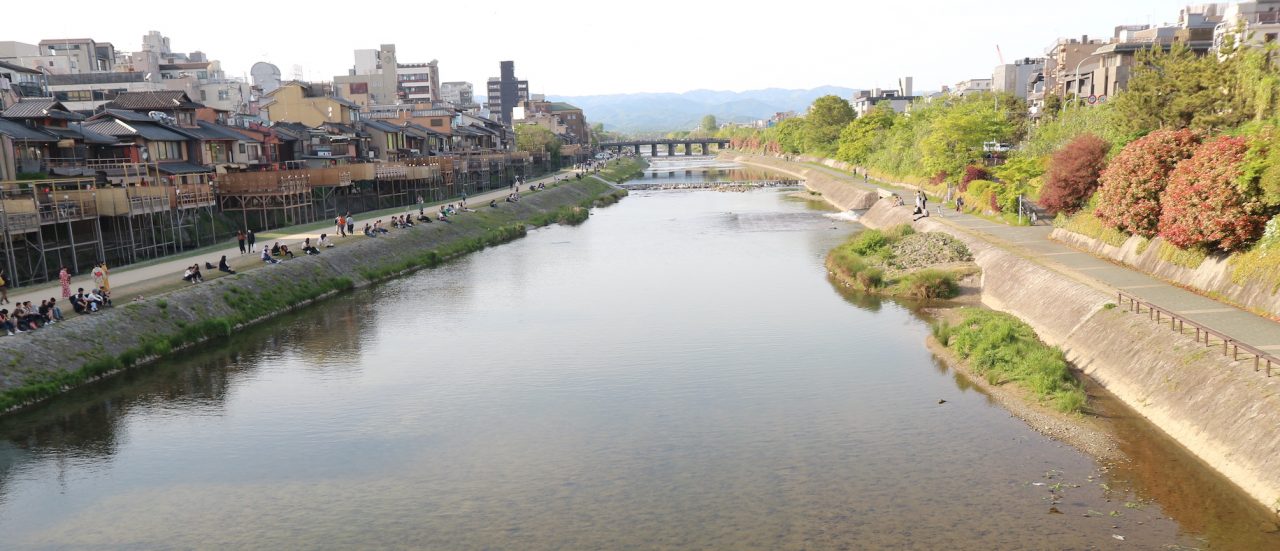
I liked Kyoto’s size; it is made for walking. Since our visit I’m saddened to read that the residents resent tourists packing their pavements and filling their buses; last year some attractions even started refusing entry to foreigners. However, the Philosopher’s Walk (see link to my post below) and a promenade along the Kamo River which goes through the town are a must.
There’s no doubt Kyoto has problems, balancing the tourist income with an ageing and dwindling population, but we went there in May and I didn’t feel crushed and was never made to feel unwelcome. A department store beauty salon even stayed open to give me a pedicure when I wandered in haplessly early one evening not knowing what their working hours were.
Which brings me to a crucial point about visiting Japan, and that is language. Even in Kyoto it can be tricky speaking English, which leads to a detached experience of smiles, nods and hand gestures and adds to the other-worldly atmosphere of the city.
We stayed in a small hotel on the edge of Gion, the historic part of the city, called Hotel Kiyomizu Gion, where the rooms left something to be desired but the breakfast – delivered to our room every morning by a man who bowed so low he almost hit his head on the floor – were exquisite and delicious works of art.
We ate in a ryokan, and we’ll do a separate blog on that because it was such a standout experience. We went to temples, and since there are 1,600 of them in the city you can pretty much just stumble across one to visit. We spent a Sunday morning strolling around the city, we visited an Irish bar (!), saw an exhibition of Henri Cartier-Bresson photographs and looked at the Imperial Palace.
I say “looked at” because you need permission to go in, and that’s generally only given to tour groups. However, it’s in the Gyoen Park and the grounds are breathtaking. We wished we’d packed a picnic. Another must-go, in my opinion.
There were a lot of youngsters in traditional dress walking around, and I noticed several shops where you could hire costumes for the day. A Japanese friend later told me that it’s a brand-new phenomenon and is the young generation’s way of celebrating and owning their culture. On the other hand, authorities are taking action against tourists who photograph geishas in Gion on their way to and from work. Many have been reduced to tears, and the tourist board has issued rules of etiquette for visitors.
I remember Kyoto fondly, and loved our visit there. Perhaps, having once lived a stone’s throw from England’s Canterbury Cathedral, I understand the frustrations of locals but I found it charming, friendly and breathtakingly lovely.

It shocked me to realise it’s 56 years since the last Tokyo Olympics introduced a modernising Japan to the world. I remember learning the theme tune, Good Morning, Tokyo, on my recorder, never realising I would one day visit the country. I’m glad I have.
Top tip: For once, I recommend buying a good guidebook with maps and everyday phrases so you can look around the city independently. And get your hotel reception to help with buses; it can be tricky finding the correct stop for your destination.
January 2020
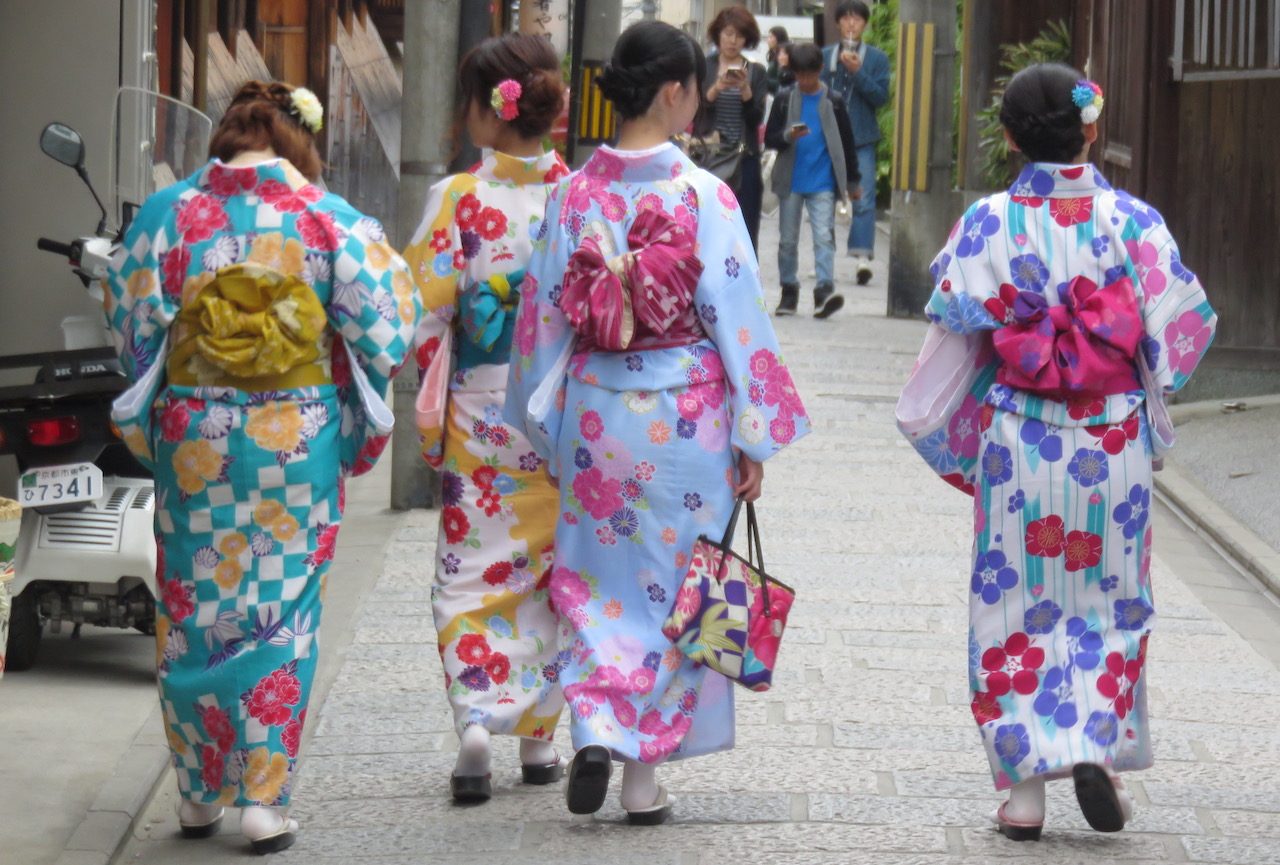
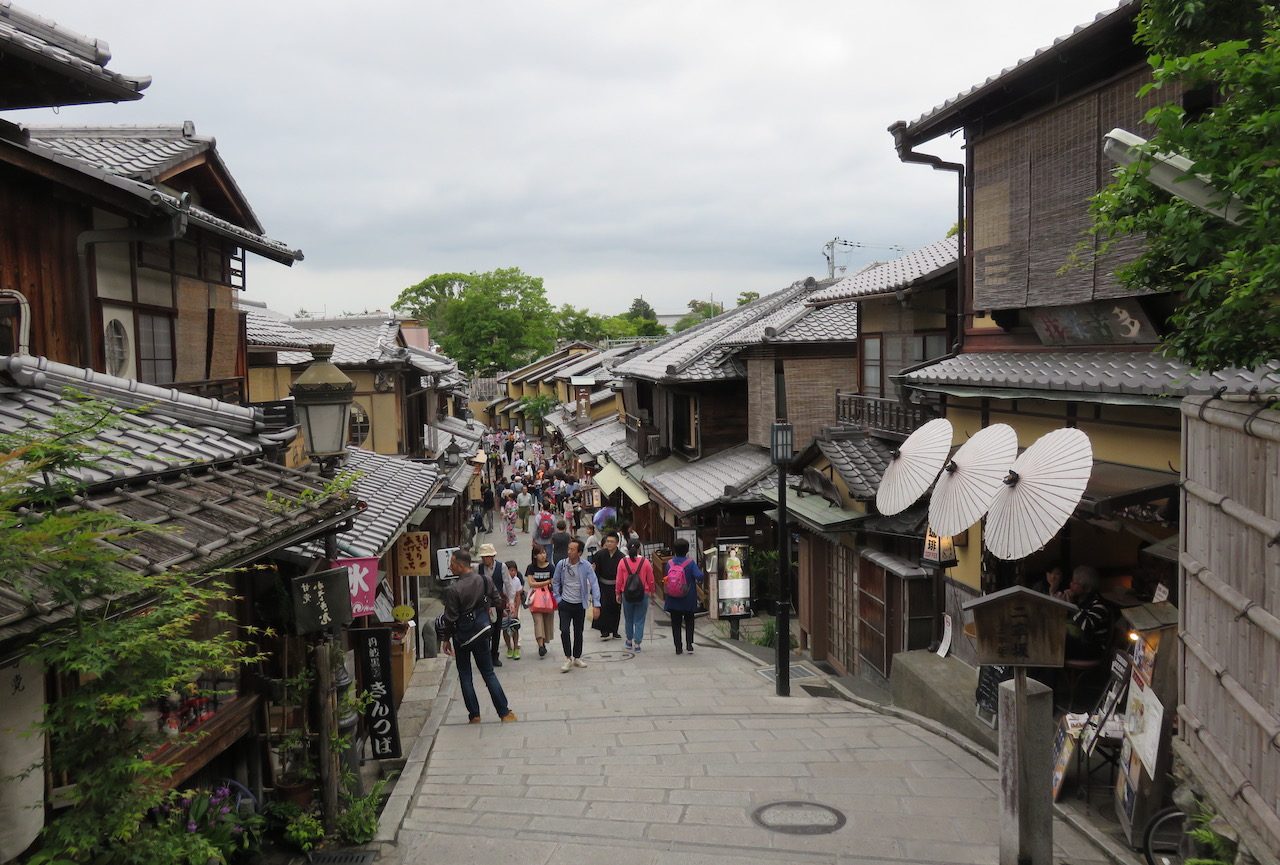

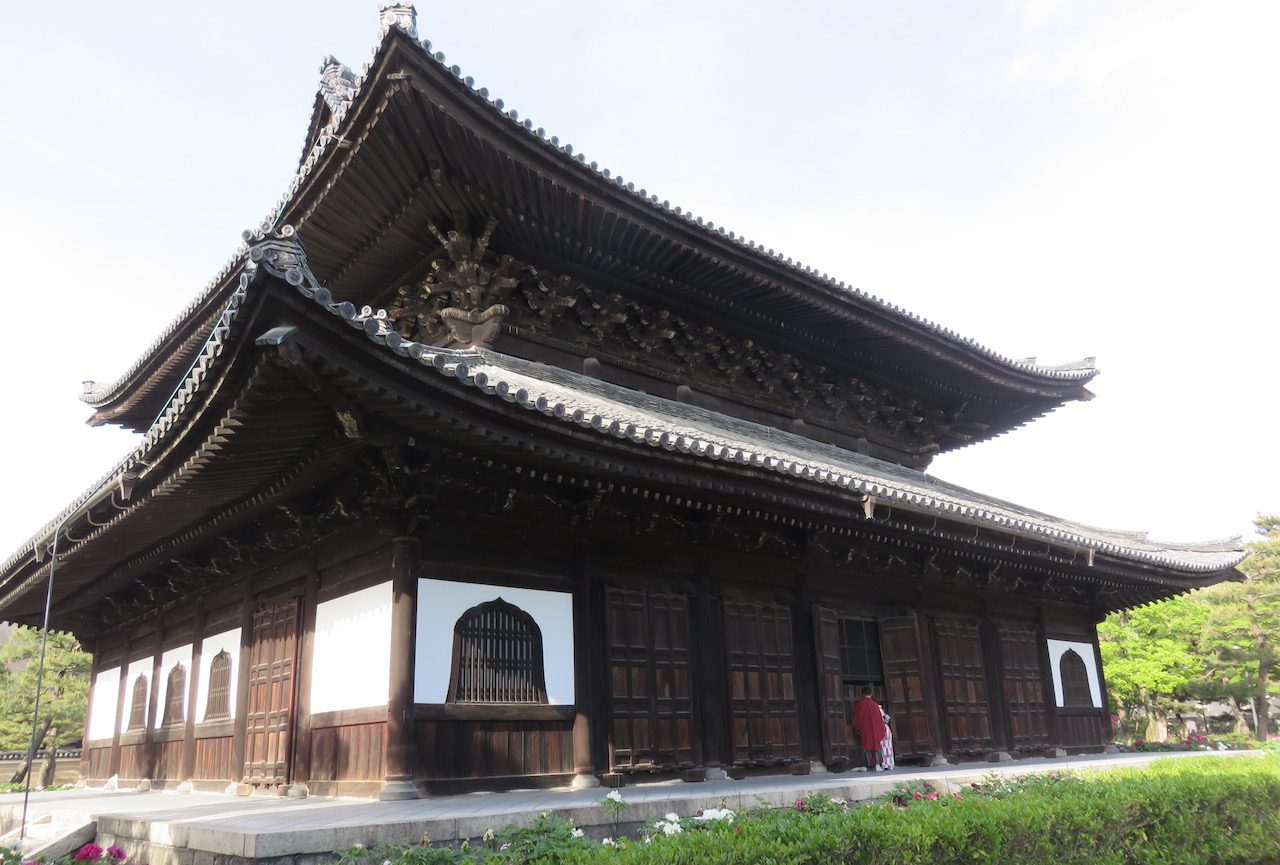

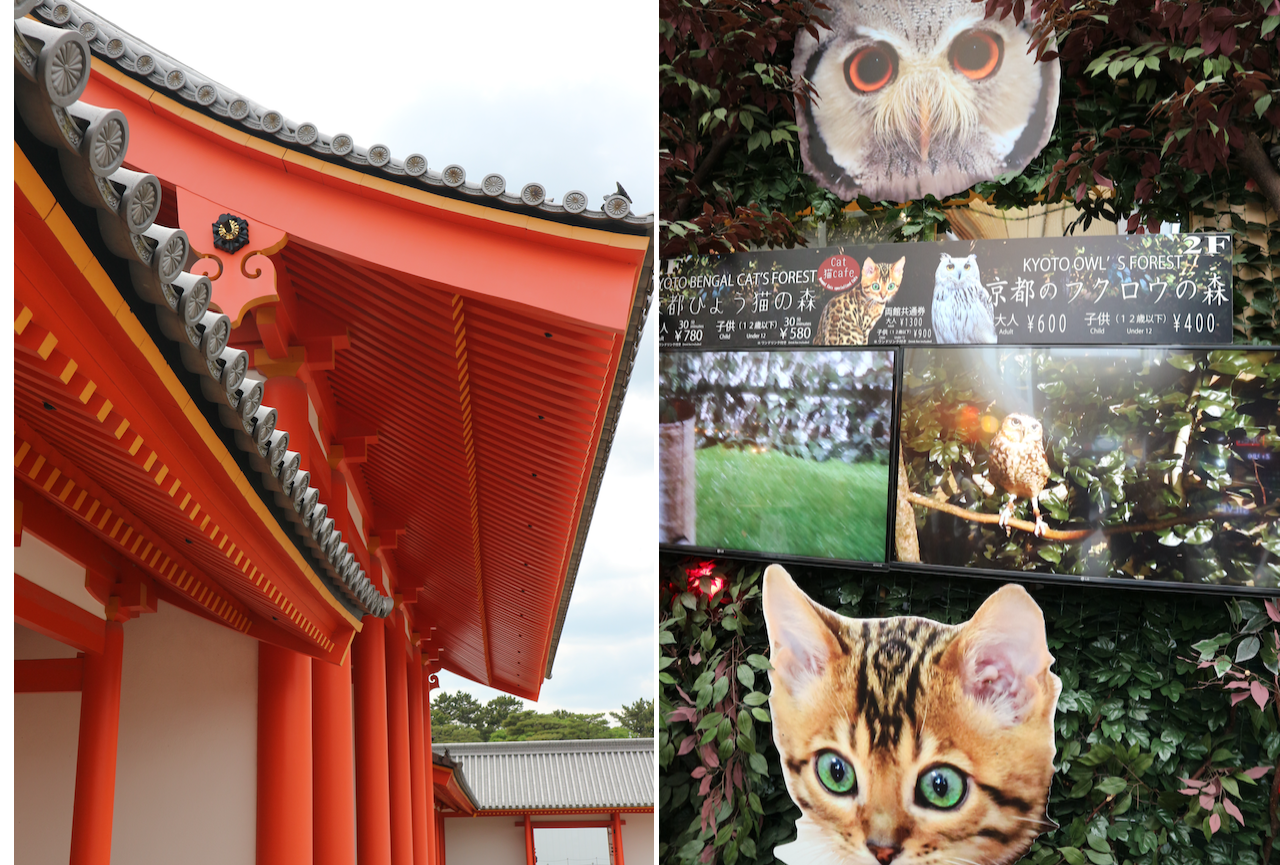

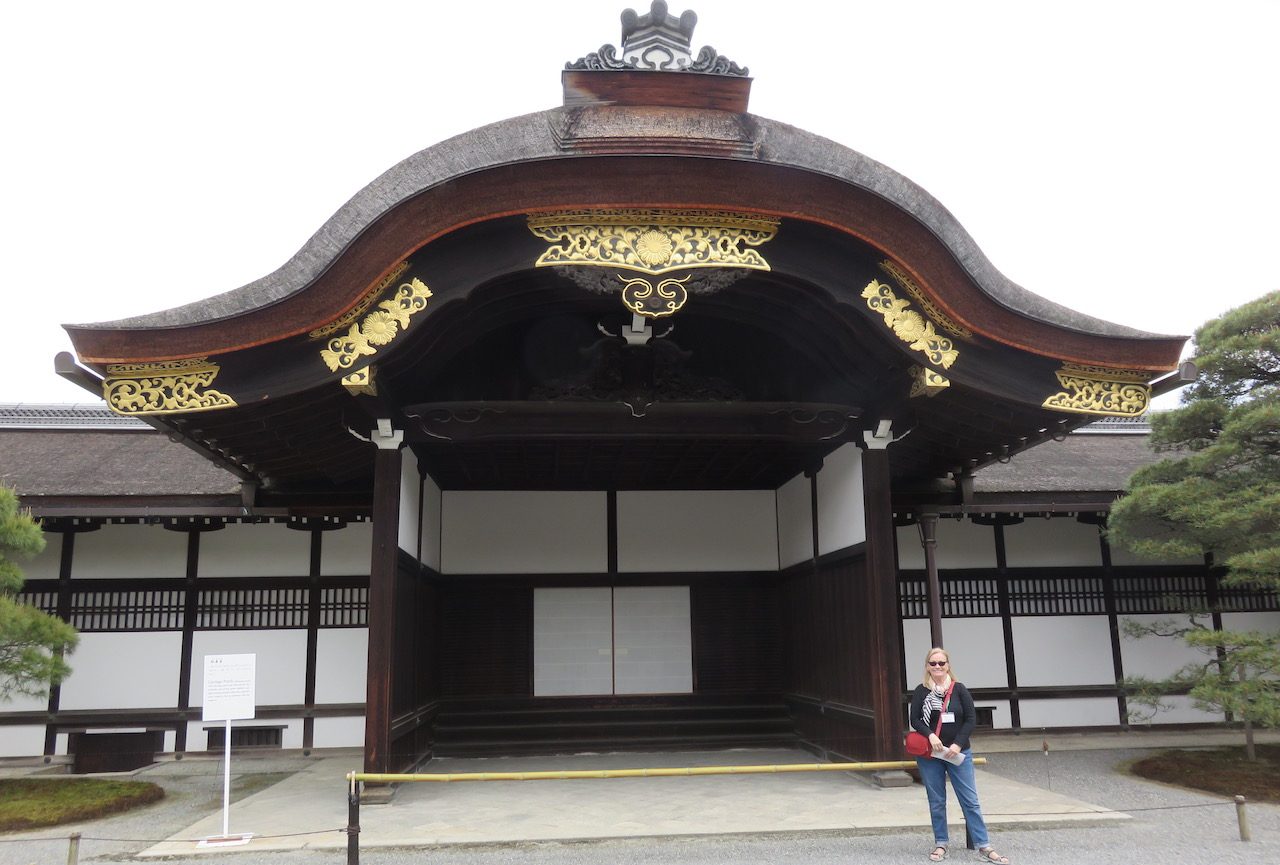
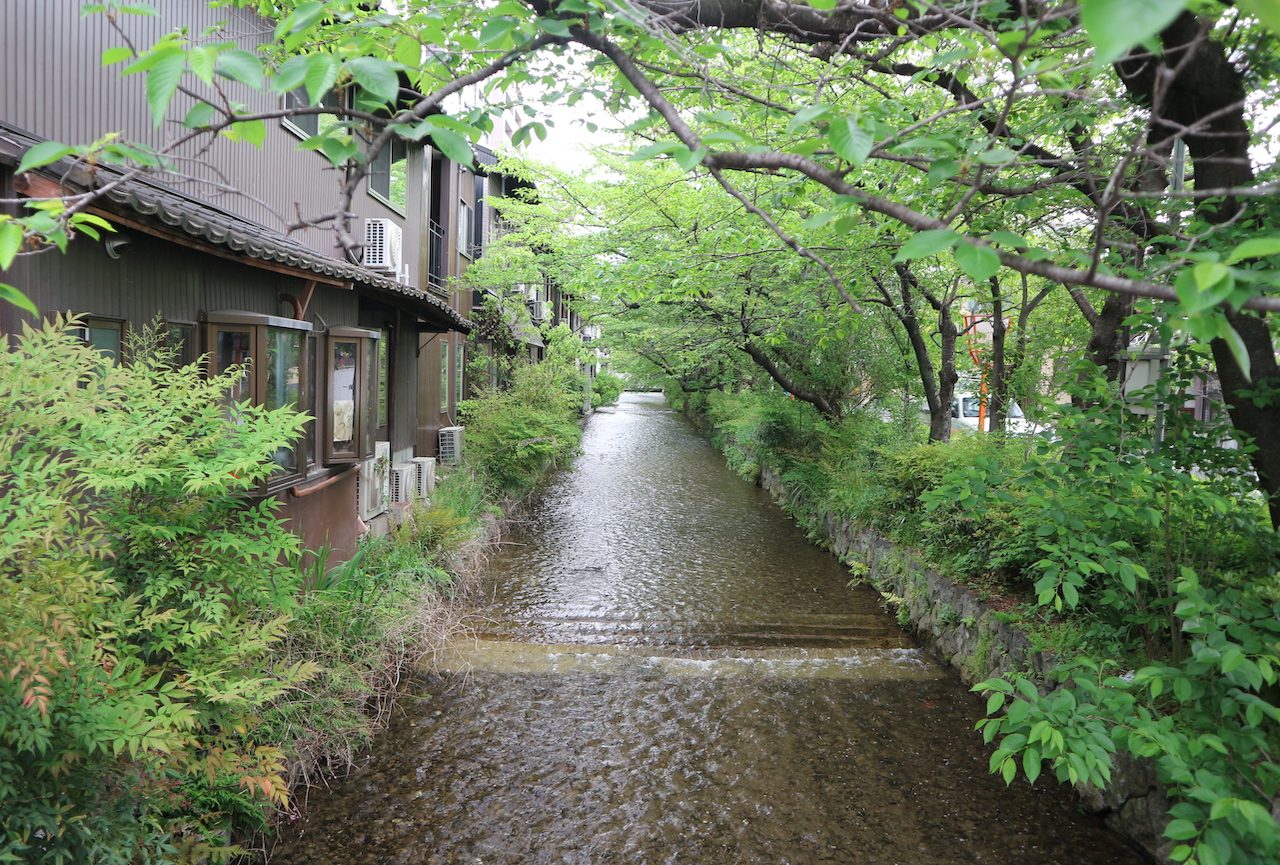
MORE INFO
 OFFICIAL KYOTO TOURISM site, with details of sights and attractions, seasonal events, recommended hotels and advice on brewing Japanese tea. READ MORE
OFFICIAL KYOTO TOURISM site, with details of sights and attractions, seasonal events, recommended hotels and advice on brewing Japanese tea. READ MORE
RELATED
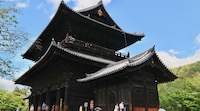 THE STORY GOES that this was the walk a famous professor of philosophy at Kyoto University took every day to work. His name was Kitaro Nishida, and he retired in 1927. I’d never heard of him, but the walk appealed as I was getting templed-out… READ MORE
THE STORY GOES that this was the walk a famous professor of philosophy at Kyoto University took every day to work. His name was Kitaro Nishida, and he retired in 1927. I’d never heard of him, but the walk appealed as I was getting templed-out… READ MORE
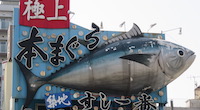 SUSHI FOR BREAKFAST? Tsukiji Fish Market, a Tokyo institution and popular tourist attraction for decades, has closed. Shops and restaurants remain – are they worth visiting? READ MORE
SUSHI FOR BREAKFAST? Tsukiji Fish Market, a Tokyo institution and popular tourist attraction for decades, has closed. Shops and restaurants remain – are they worth visiting? READ MORE
RECOMMENDED
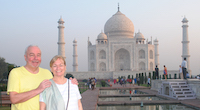 WELCOME TO OUR WORLD! Afaranwide’s home page – this is where you can find out about our latest posts and other highlights. READ MORE
WELCOME TO OUR WORLD! Afaranwide’s home page – this is where you can find out about our latest posts and other highlights. READ MORE
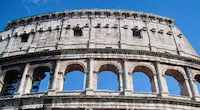 TOP 10 VIRTUAL ATTRACTIONS: Many of the world’s most popular tourists sites are closed because of the coronavirus crisis, but you can still visit them virtually while you’re self-isolating. READ MORE
TOP 10 VIRTUAL ATTRACTIONS: Many of the world’s most popular tourists sites are closed because of the coronavirus crisis, but you can still visit them virtually while you’re self-isolating. READ MORE
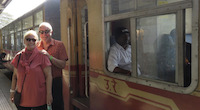 SHIMLA, QUEEN OF THE HILLS: Government officials once retreated to Shimla in the foothills of the Himalayas to escape India’s blazing hot summers. Now tourists make the same journey. READ MORE
SHIMLA, QUEEN OF THE HILLS: Government officials once retreated to Shimla in the foothills of the Himalayas to escape India’s blazing hot summers. Now tourists make the same journey. READ MORE
 TEN THINGS WE LEARNED: Our up-to-the-minute guide to creating a website, one step at a time. The costs, the mistakes – it’s what we wish we’d known when we started blogging. READ MORE
TEN THINGS WE LEARNED: Our up-to-the-minute guide to creating a website, one step at a time. The costs, the mistakes – it’s what we wish we’d known when we started blogging. READ MORE
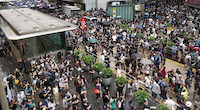 TROUBLED TIMES FOR EXPATS: Moving abroad can seem an idyllic prospect, but what happens when sudden upheavals or the inescapable realities of life intrude? READ MORE
TROUBLED TIMES FOR EXPATS: Moving abroad can seem an idyllic prospect, but what happens when sudden upheavals or the inescapable realities of life intrude? READ MORE
Disclosure: Afaranwide is an affiliate of leading travel operators such as Japan Rail Pass and Booking.com. If you purchase through our site we receive, at no additional cost to you, a small commission. We only work with companies we have used and recommend.
LET'S KEEP IN TOUCH!
Relax, No One Visits All
1,600 Temples in Kyoto

SUE BRATTLE
Historic City Braces Itself for Olympics Fever
Kyoto
I’M uncomfortable recommending Kyoto to travellers because it is overwhelmed by tourists these days. Japan has even been expanding tourism in other areas to ease the pressure on the city.
However, the country will be in the spotlight this year with the Olympic Games being held in Tokyo from July 29 to Aug. 9. Kyoto, 2 hours, 30 minutes away by bullet train, is hosting pre-Games training and bracing itself for an onslaught.
One thing that surprised me is that the city is demolishing some of its temples to make way for hotels and other facilities for the Olympics – which has led to archaeologists unearthing what one calls “a treasure mountain” of ancient artefacts.
So why do 53 million tourists trek to Kyoto, a city of 1.5 million, each year? Well, it’s beautiful, historic, and central to Japan’s history. It’s the birthplace of the geisha and kabuki theatre and was the capital of Japan for 1,000 years until the emperor moved to Tokyo in 1868.


I liked Kyoto’s size; it is made for walking. Since our visit I’m saddened to read that the residents resent tourists packing their pavements and filling their buses; last year some attractions even started refusing entry to foreigners. However, the Philosopher’s Walk (see link to my post below) and a promenade along the Kamo River which goes through the town are a must.
There’s no doubt Kyoto has problems, balancing the tourist income with an ageing and dwindling population, but we went there in May and I didn’t feel crushed and was never made to feel unwelcome. A department store beauty salon even stayed open to give me a pedicure when I wandered in haplessly early one evening not knowing what their working hours were.
Which brings me to a crucial point about visiting Japan, and that is language. Even in Kyoto it can be tricky speaking English, which leads to a detached experience of smiles, nods and hand gestures and adds to the other-worldly atmosphere of the city.
We stayed in a small hotel on the edge of Gion, the historic part of the city, called Hotel Kiyomizu Gion, where the rooms left something to be desired but the breakfast – delivered to our room every morning by a man who bowed so low he almost hit his head on the floor – were exquisite and delicious works of art.
We ate in a ryokan, and we’ll do a separate blog on that because it was such a standout experience. We went to temples, and since there are 1,600 of them in the city you can pretty much just stumble across one to visit. We spent a Sunday morning strolling around the city, we visited an Irish bar (!), saw an exhibition of Henri Cartier-Bresson photographs and looked at the Imperial Palace.
I say “looked at” because you need permission to go in, and that’s generally only given to tour groups. However, it’s in the Gyoen Park and the grounds are breathtaking. We wished we’d packed a picnic. Another must-go, in my opinion.
There were a lot of youngsters in traditional dress walking around, and I noticed several shops where you could hire costumes for the day. A Japanese friend later told me that it’s a brand-new phenomenon and is the young generation’s way of celebrating and owning their culture. On the other hand, authorities are taking action against tourists who photograph geishas in Gion on their way to and from work. Many have been reduced to tears, and the tourist board has issued rules of etiquette for visitors.
I remember Kyoto fondly, and loved our visit there. Perhaps, having once lived a stone’s throw from England’s Canterbury Cathedral, I understand the frustrations of locals but I found it charming, friendly and breathtakingly lovely.

It shocked me to realise it’s 56 years since the last Tokyo Olympics introduced a modernising Japan to the world. I remember learning the theme tune, Good Morning, Tokyo, on my recorder, never realising I would one day visit the country. I’m glad I have.
Top tip: For once, I recommend buying a good guidebook with maps and everyday phrases so you can look around the city independently. And get your hotel reception to help with buses; it can be tricky finding the correct stop for your destination.
January 2020









MORE INFO
 OFFICIAL KYOTO TOURISM site, with details of sights and attractions, seasonal events, recommended hotels and advice on brewing Japanese tea. READ MORE
OFFICIAL KYOTO TOURISM site, with details of sights and attractions, seasonal events, recommended hotels and advice on brewing Japanese tea. READ MORE
RELATED
 THE STORY GOES that this was the walk a famous professor of philosophy at Kyoto University took every day to work. His name was Kitaro Nishida, and he retired in 1927. I’d never heard of him, but the walk appealed as I was getting templed-out… READ MORE
THE STORY GOES that this was the walk a famous professor of philosophy at Kyoto University took every day to work. His name was Kitaro Nishida, and he retired in 1927. I’d never heard of him, but the walk appealed as I was getting templed-out… READ MORE
 SUSHI FOR BREAKFAST? Tsukiji Fish Market, a Tokyo institution and popular tourist attraction for decades, has closed. Shops and restaurants remain – are they worth visiting? READ MORE
SUSHI FOR BREAKFAST? Tsukiji Fish Market, a Tokyo institution and popular tourist attraction for decades, has closed. Shops and restaurants remain – are they worth visiting? READ MORE
RECOMMENDED
 WELCOME TO OUR WORLD! Afaranwide’s home page – this is where you can find out about our latest posts and other highlights. READ MORE
WELCOME TO OUR WORLD! Afaranwide’s home page – this is where you can find out about our latest posts and other highlights. READ MORE
 TOP 10 VIRTUAL ATTRACTIONS: Many of the world’s most popular tourists sites are closed because of the coronavirus crisis, but you can still visit them virtually while you’re self-isolating. READ MORE
TOP 10 VIRTUAL ATTRACTIONS: Many of the world’s most popular tourists sites are closed because of the coronavirus crisis, but you can still visit them virtually while you’re self-isolating. READ MORE
 SHIMLA, QUEEN OF THE HILLS: Government officials once retreated to Shimla in the foothills of the Himalayas to escape India’s blazing hot summers. Now tourists make the same journey. READ MORE
SHIMLA, QUEEN OF THE HILLS: Government officials once retreated to Shimla in the foothills of the Himalayas to escape India’s blazing hot summers. Now tourists make the same journey. READ MORE
 TEN THINGS WE LEARNED: Our up-to-the-minute guide to creating a website, one step at a time. The costs, the mistakes – it’s what we wish we’d known when we started blogging. READ MORE
TEN THINGS WE LEARNED: Our up-to-the-minute guide to creating a website, one step at a time. The costs, the mistakes – it’s what we wish we’d known when we started blogging. READ MORE
 TROUBLED TIMES FOR EXPATS: Moving abroad can seem an idyllic prospect, but what happens when sudden upheavals or the inescapable realities of life intrude? READ MORE
TROUBLED TIMES FOR EXPATS: Moving abroad can seem an idyllic prospect, but what happens when sudden upheavals or the inescapable realities of life intrude? READ MORE
Disclosure: Afaranwide is an affiliate of leading travel operators such as Japan Rail Pass and Booking.com. If you purchase through our site we receive, at no additional cost to you, a small commission. We only work with companies we have used and recommend.
LET'S KEEP IN TOUCH!
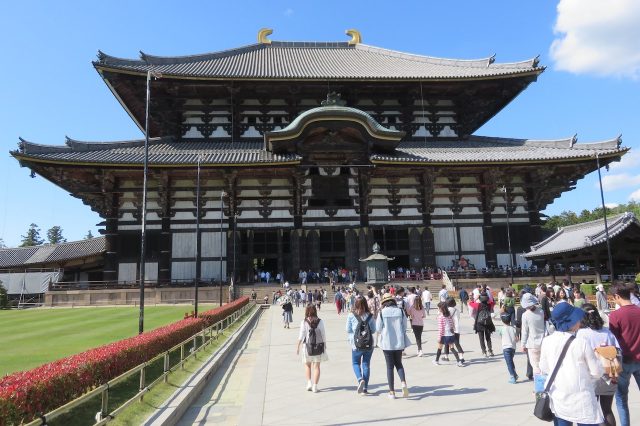
Relax, No One Visits All 1,600 Temples in Kyoto
Historic City Braces Itself for Olympics Fever

SUE BRATTLE
Kyoto, Japan
I’M uncomfortable recommending Kyoto to travellers because it is overwhelmed by tourists these days. Japan has even been expanding tourism in other areas to ease the pressure on the city.
However, the country will be in the spotlight this year with the Olympic Games being held in Tokyo from July 29 to Aug. 9. Kyoto, 2 hours, 30 minutes away by bullet train, is hosting pre-Games training and bracing itself for an onslaught.
One thing that surprised me is that the city is demolishing some of its temples to make way for hotels and other facilities for the Olympics – which has led to archaeologists unearthing what one calls “a treasure mountain” of ancient artefacts.
So why do 53 million tourists trek to Kyoto, a city of 1.5 million, each year? Well, it’s beautiful, historic, and central to Japan’s history. It’s the birthplace of the geisha and kabuki theatre and was the capital of Japan for 1,000 years until the emperor moved to Tokyo in 1868.


I liked Kyoto’s size; it is made for walking. Since our visit I’m saddened to read that the residents resent tourists packing their pavements and filling their buses; last year some attractions even started refusing entry to foreigners.
However, the Philosopher’s Walk (see link to my post below) and a promenade along the Kamo River which goes through the town are a must.
There’s no doubt Kyoto has problems, balancing the tourist income with an ageing and dwindling population, but we went there in May and I didn’t feel crushed and was never made to feel unwelcome.
A department store beauty salon even stayed open to give me a pedicure when I wandered in haplessly early one evening not knowing what their working hours were.


Which brings me to a crucial point about visiting Japan, and that is language. Even in Kyoto it can be tricky speaking English, which leads to a detached experience of smiles, nods and hand gestures and adds to the other-worldly atmosphere of the city.


We stayed in a small hotel on the edge of Gion, the historic part of the city, called Hotel Kiyomizu Gion, where the rooms left something to be desired but the breakfast – delivered to our room every morning by a man who bowed so low he almost hit his head on the floor – were exquisite and delicious works of art.
We ate in a ryokan, and we’ll do a separate blog on that because it was such a standout experience. We went to temples, and since there are 1,600 of them in the city you can pretty much just stumble across one to visit.
We spent a Sunday morning strolling around the city, we visited an Irish bar (!), saw an exhibition of Henri Cartier-Bresson photographs and looked at the Imperial Palace.
I say “looked at” because you need permission to go in, and that’s generally only given to tour groups. However, it’s in the Gyoen Park and the grounds are breathtaking. We wished we’d packed a picnic. Another must-go, in my opinion.
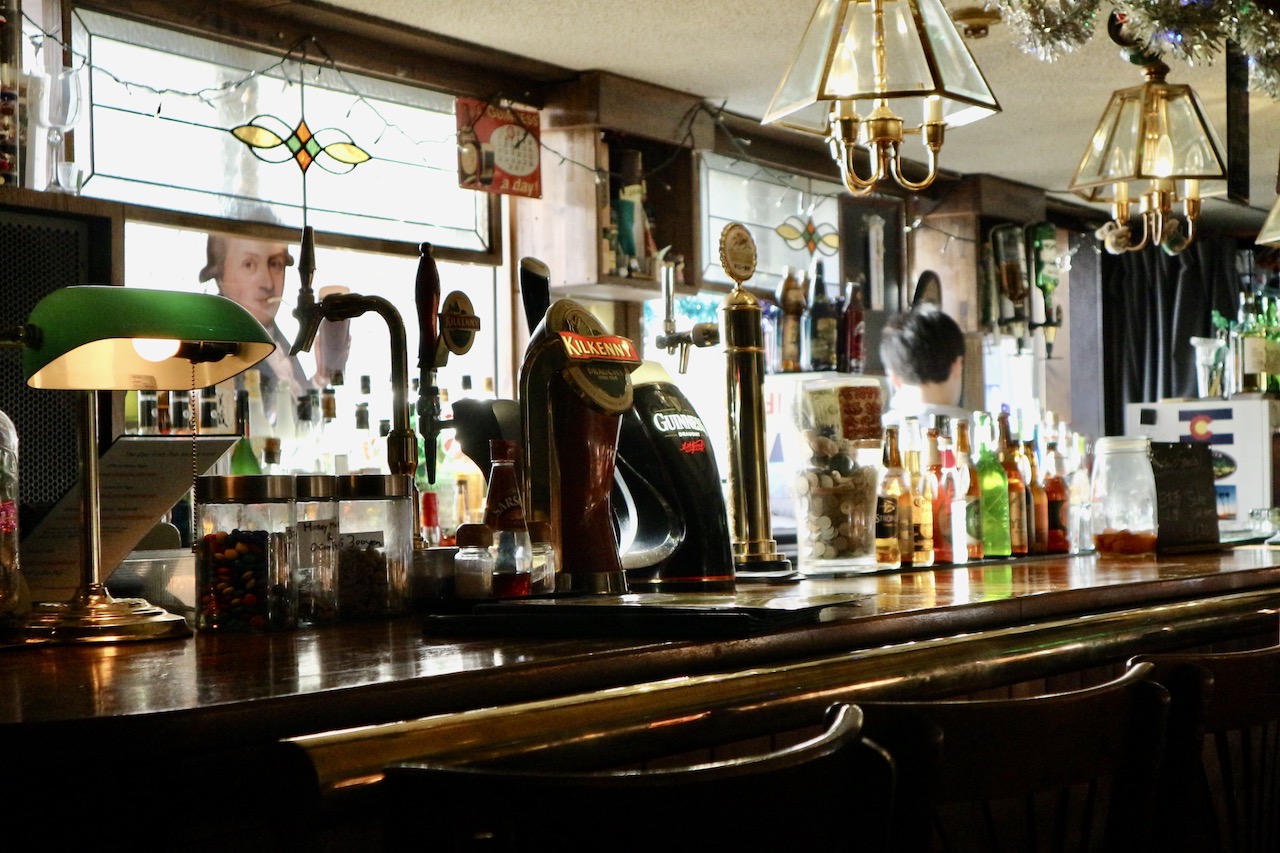
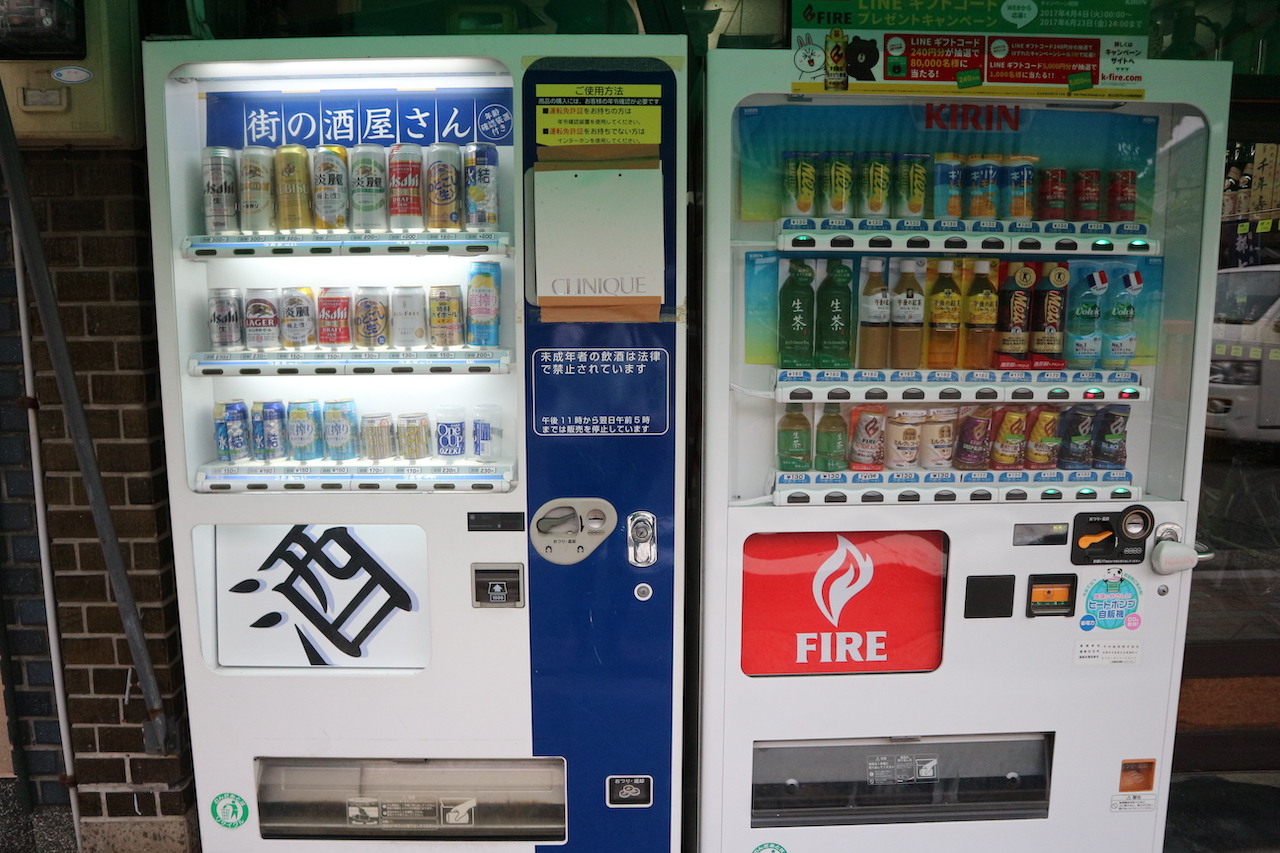
There were a lot of youngsters in traditional dress walking around, and I noticed several shops where you could hire costumes for the day. A Japanese friend later told me that it’s a brand-new phenomenon and is the young generation’s way of celebrating and owning their culture.
On the other hand, authorities are taking action against tourists who photograph geishas in Gion on their way to and from work. Many have been reduced to tears, and the tourist board has issued rules of etiquette for visitors.
I remember Kyoto fondly, and loved our visit there. Perhaps, having once lived a stone’s throw from England’s Canterbury Cathedral, I understand the frustrations of locals but I found it charming, friendly and breathtakingly lovely.

It shocked me to realise it’s 56 years since the last Tokyo Olympics introduced a modernising Japan to the world. I remember learning the theme tune, Good Morning, Tokyo, on my recorder, never realising I would one day visit the country. I’m glad I have.
Top tip: For once, I recommend buying a good guidebook with maps and everyday phrases so you can look around the city independently. And get your hotel reception to help with buses; it can be tricky finding the correct stop for your destination.
January 2020


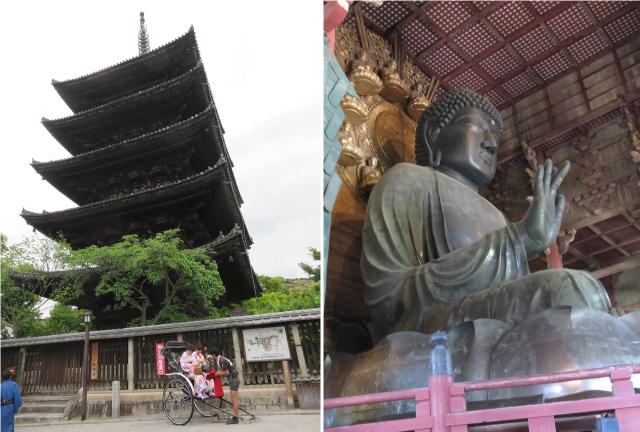
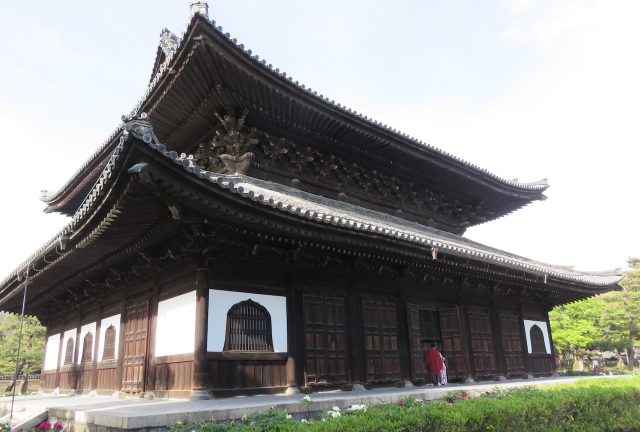

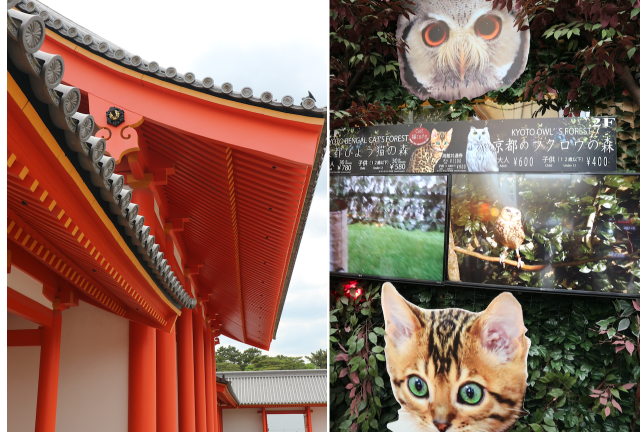
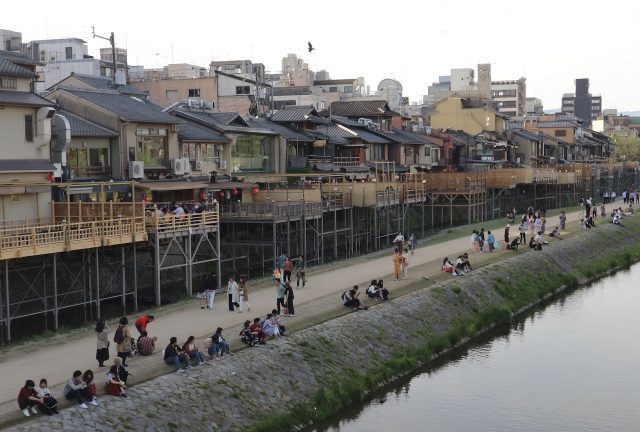
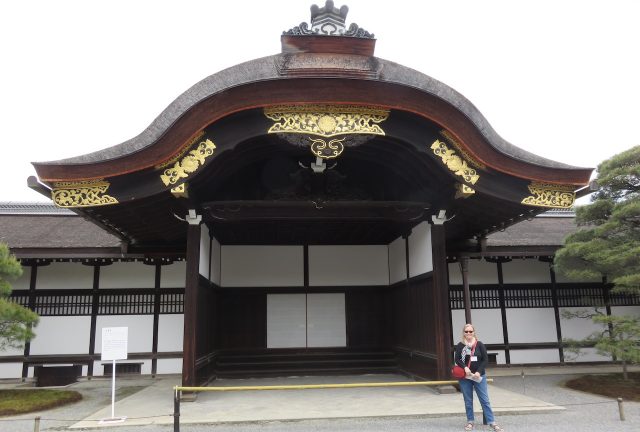

MORE INFO
 OFFICIAL KYOTO TOURISM site, with details of sights and attractions, seasonal events, recommended hotels and advice on brewing Japanese tea. READ MORE
OFFICIAL KYOTO TOURISM site, with details of sights and attractions, seasonal events, recommended hotels and advice on brewing Japanese tea. READ MORE
RELATED
 THE PHILOSOPHER’S PATH: The story goes that this was the walk a famous professor at Kyoto University took every day to work. READ MORE
THE PHILOSOPHER’S PATH: The story goes that this was the walk a famous professor at Kyoto University took every day to work. READ MORE
 SUSHI FOR BREAKFAST? Tsukiji Fish Market, a Tokyo institution and popular tourist attraction for decades, has closed. Shops and restaurants remain – are they worth visiting? READ MORE
SUSHI FOR BREAKFAST? Tsukiji Fish Market, a Tokyo institution and popular tourist attraction for decades, has closed. Shops and restaurants remain – are they worth visiting? READ MORE
RECOMMENDED
 WELCOME TO OUR WORLD! Afaranwide’s home page – this is where you can find out about our latest posts and other highlights. READ MORE
WELCOME TO OUR WORLD! Afaranwide’s home page – this is where you can find out about our latest posts and other highlights. READ MORE
 TOP 10 VIRTUAL ATTRACTIONS: Many of the world’s most popular tourists sites are closed because of the coronavirus crisis, but you can still visit them virtually while you’re self-isolating. READ MORE
TOP 10 VIRTUAL ATTRACTIONS: Many of the world’s most popular tourists sites are closed because of the coronavirus crisis, but you can still visit them virtually while you’re self-isolating. READ MORE
 SHIMLA, QUEEN OF THE HILLS: Government officials once retreated to Shimla in the foothills of the Himalayas to escape India’s blazing hot summers. Now tourists make the same journey. READ MORE
SHIMLA, QUEEN OF THE HILLS: Government officials once retreated to Shimla in the foothills of the Himalayas to escape India’s blazing hot summers. Now tourists make the same journey. READ MORE
 TEN THINGS WE LEARNED: Our up-to-the-minute guide to creating a website, one step at a time. The costs, the mistakes – it’s what we wish we’d known when we started blogging. READ MORE
TEN THINGS WE LEARNED: Our up-to-the-minute guide to creating a website, one step at a time. The costs, the mistakes – it’s what we wish we’d known when we started blogging. READ MORE
 TROUBLED TIMES FOR EXPATS: Moving abroad can seem an idyllic prospect, but what happens when sudden upheavals or the inescapable realities of life intrude? READ MORE
TROUBLED TIMES FOR EXPATS: Moving abroad can seem an idyllic prospect, but what happens when sudden upheavals or the inescapable realities of life intrude? READ MORE
Disclosure: Afaranwide is an affiliate of leading travel operators such as Japan Rail Pass and Booking.com. If you purchase through our site we receive, at no additional cost to you, a small commission. We only work with companies we have used and recommend.




Love this article and love the fact that you both took the plunge and decided to be full time travellers. We have been debating whether we should take the plunge as well. What would be your best tip for anyone thinking of going full time travel?
Wow.That will be more peaceful than ever. Keep posting .